Dreams have always held a prominent place in the rich tapestry of Islamic culture, offering glimpses into the depths of the human soul and serving as a bridge between our waking lives and the spiritual realm. Central to this dream discourse is the art of interpretation, where every motif, symbol, and narrative carries profound meaning. Among the vast array of symbols that have intrigued scholars and laypeople alike is the vision of “one eye”. This image, rooted deeply in both historical and spiritual contexts, warrants a closer examination. This article seeks to explore the intricate and multifaceted interpretations of the ‘one eye’ in dreams within the Islamic tradition. Join us as we delve into ancient texts, hear from renowned scholars, and unravel the mysteries of this enigmatic symbol. If you want to read more about this topic, follow the dream interpretation in Islam.
Meaning of Seeing One Eye in a Dream in Islam
In Islamic tradition, dreams hold significant importance and can convey messages, forewarnings, or insights to the dreamer. However, it’s essential to recognize that dream interpretation in Islam is intricate, and various scholars and interpreters might offer different views on a particular symbol. When it comes to seeing “one eye” in a dream, there are a few interpretations, rooted in both religious texts and cultural traditions:
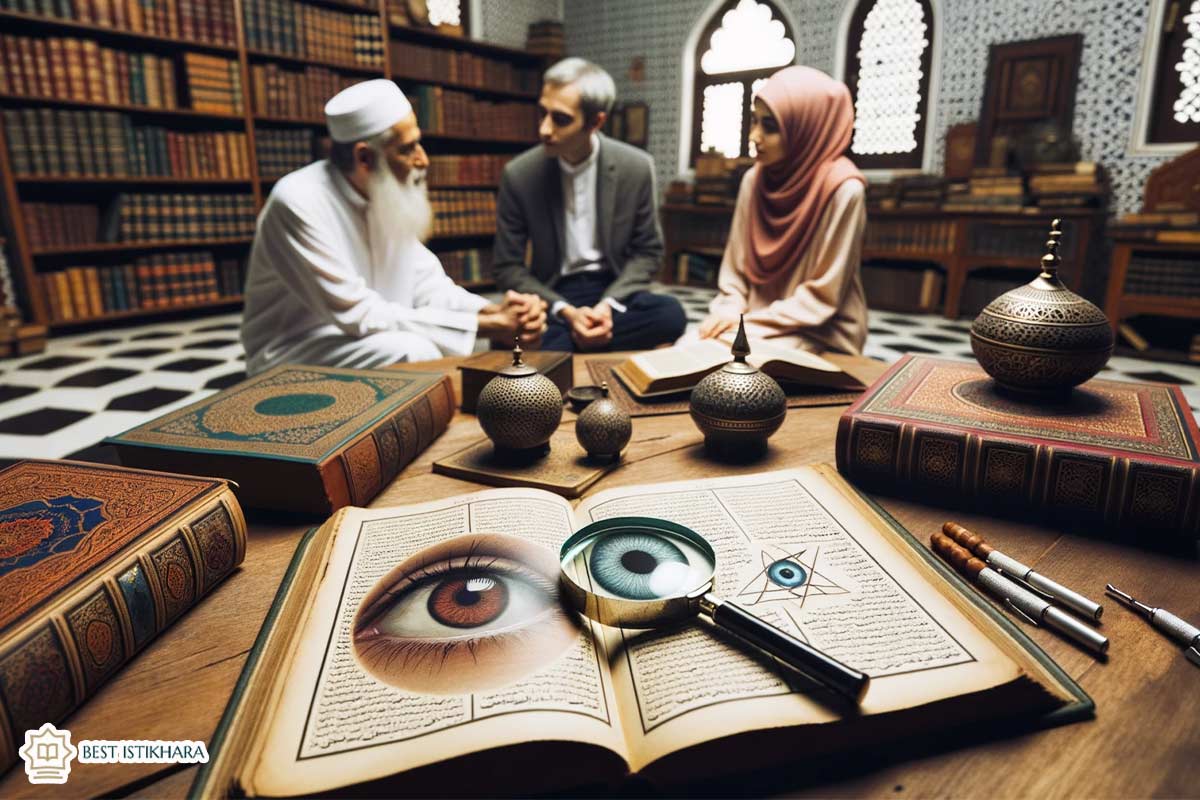
- Symbol of the Dajjal (Antichrist): In Islamic eschatology, the Dajjal is often described as a one-eyed figure, representing deceit and corruption. He is believed to emerge before the Day of Judgment and lead people away from the path of righteousness. Dreaming of a one-eyed figure or just one eye could be seen as a reminder of the approaching end times or a warning to be vigilant against falsehood and misleading influences.
- Loss or Lack of Perspective: A one-eyed vision might symbolize a limited view of a situation or an inability to see things clearly or wholly. It could be a message for the dreamer to broaden their perspective or seek additional insights before making decisions.
- Protection Against Evil: In some interpretations, the eye represents protection. Seeing one eye might suggest that the dreamer is being watched over or protected from harm, perhaps by Allah or a guardian angel.
- Personal Struggles: The act of losing an eye or having only one eye in a dream could be symbolic of personal challenges, struggles, or sacrifices that the dreamer is facing or might face in the future.
- Unique Vision or Insight: Another positive interpretation is that seeing one eye might indicate that the dreamer has a unique perspective or insight that others might not have. It can be a call to trust one’s intuition or vision.
It’s crucial to approach dream interpretations with caution and to consult with knowledgeable individuals when seeking an understanding, especially when it carries religious significance. Sometimes, personal circumstances, feelings, and thoughts at the time of the dream can influence its meaning. As always, individual introspection and prayer for clarity are encouraged in Islamic traditions.
Prominent Islamic Dream Interpreters on One-Eyed Visions
Islamic tradition has a rich history of dream interpretation, with several prominent scholars and interpreters contributing to the field. While not all have specifically written about one-eyed visions in dreams, the broader topic of dream interpretation has been well-covered. Here are some prominent Islamic dream interpreters and a brief note on their contributions:
- Ibn Sirin (Muhammad Ibn Sirin): Perhaps the most famous Islamic dream interpreter, Ibn Sirin’s work “Book of Dreams” (Kitab al-Ta’bir) is a cornerstone in Islamic dream interpretation literature. Though his interpretations are often consulted, it’s essential to approach them with caution, as many attributions to him might not be authentic.
- al-Nabulsi (Abd al-Ghani al-Nabulsi): A renowned 17th-century Islamic scholar, al-Nabulsi wrote extensively on dream interpretation. His writings delve into the spiritual significance of dream symbols and their reflections on the dreamer’s waking life.
- Ibn Shaheen: Another prominent dream interpreter, Ibn Shaheen’s interpretations often stem from both the Qur’an and Hadith, providing a religious context for various dream symbols.
- Ibn Sa’idi: His contributions to dream interpretation are also significant, emphasizing the link between dream symbols and their corresponding meanings rooted in Islamic tradition.
The Connection Between the ‘One-Eyed’ Dajjal and Dreams in Islam

The One-Eyed Dajjal in Islamic Tradition:
In numerous Hadiths (sayings of the Prophet Muhammad, peace be upon him), the Dajjal is described as being “one-eyed.” This description serves as one of his distinguishing features. The Prophet Muhammad is reported to have said:
“Every Prophet has warned his nation against the Dajjal (Antichrist); and Prophet Nuh (Noah) warned his nation against him. But I tell you about him something of which no Prophet has told his nation before me. You should know that he is one-eyed, and Allah is not one-eyed.” (Bukhari)
The significance of this characteristic is manifold. Firstly, it physically identifies the Dajjal, setting him apart. Secondly, it symbolizes the deceitful nature of the Dajjal—offering a distorted view of reality and truth.
Connection to Dreams in Islam:
Dreams in Islam can serve as a source of guidance, warning, or reflection of one’s inner state. Given the importance of the Dajjal’s appearance as a significant end-time event, dreaming about him or related symbols (like the ‘one eye’) can be particularly impactful.
- Warning or Reminder: Seeing the Dajjal or a one-eyed figure in a dream can be interpreted as a reminder or warning to remain steadfast in one’s faith, especially during times of fitna (trials and tribulations).
- Personal Reflection: Such a dream might also reflect personal struggles with deception, either being deceived or deceiving oneself about certain realities in life.
- End-Times Reflection: For those particularly concerned or studying eschatology, a dream about the Dajjal might reflect their anxieties or thoughts about the end times.
Seeing a Single Eye in a Dream: Islamic Scholars’ Perspective
In Islamic tradition, dreams have profound significance and can offer messages, guidance, or reflections of a person’s inner state. When it comes to dream interpretation, Islamic scholars derive meanings based on Qur’anic verses, Hadiths (sayings of the Prophet Muhammad, peace be upon him), and established traditions in the Islamic dream interpretation literature. The vision of a single eye in a dream can have varied interpretations, and while no single view universally applies, here are some perspectives based on Islamic scholarship:
- The Dajjal (Antichrist): As previously mentioned, the Dajjal is described as being “one-eyed” in several Hadiths. Scholars might interpret a dream of a single eye as a symbolic reference to the Dajjal, indicating deception or trials in the dreamer’s life, or as a general reminder of the end times.
- Limited Perspective: Some scholars might interpret the vision of a single eye as indicative of having a restricted or limited view on matters. This could be a nudge for the dreamer to broaden their understanding, seek more knowledge, or be more open-minded.
- Protection or Divine Oversight: In some interpretations, an eye symbolizes protection or oversight. Seeing a single eye in a dream could suggest that the dreamer is under divine protection or being reminded of Allah’s omnipresence.
- Inner Insight: A more positive interpretation posits the single eye as a symbol of inner vision or insight. It could indicate that the dreamer has a unique understanding or perspective that they should trust or pay attention to.
- Challenges or Loss: On the flip side, some scholars might see the single eye as a symbol of loss, sacrifice, or upcoming challenges, especially if the dream has a negative or unsettling feeling attached to it.
Famous Islamic Dream Books Discussing the One Eye Symbol
Islamic tradition has given rise to several prominent dream interpretation books over the centuries. These works often delve into a wide array of symbols and their potential meanings, including those as enigmatic as the ‘one eye’ symbol. While not all of these texts may specifically discuss the ‘one eye’ symbol in detail, they serve as foundational references in the realm of Islamic dream interpretation. Here are some of the most notable:
- “Book of Dreams” (Kitab al-Ta’bir) by Ibn Sirin: Often simply referred to as “Ibn Sirin’s Dream Interpretation,” this book is one of the most well-known in the field. Though many interpretations are attributed to Ibn Sirin, it’s essential to approach them with caution since numerous attributions might not be authentic or could have been later additions.
- Works of al-Nabulsi (Abd al-Ghani al-Nabulsi): Al-Nabulsi’s dream interpretations offer a mix of spiritual and symbolic insights. He has written extensively on dream symbols, providing a blend of Qur’anic references, Hadith, and personal insights.
- Dream Interpretation Works of Ibn Shaheen: His interpretations are rooted in both the Qur’an and Hadith, offering a traditional and religious perspective on dream symbols.
- Writings of Ibn Sa’idi: His contributions, though less renowned than Ibn Sirin’s, remain significant in Islamic dream interpretation literature.
While these are some of the foundational texts in the field, it’s crucial to understand that the interpretation of dreams, especially symbols like the ‘one eye,’ can be deeply subjective. Personal circumstances, emotions at the time of the dream, and individual experiences can influence the dream’s meaning. As always, seeking guidance from knowledgeable scholars or individuals trained in Islamic dream interpretation is recommended for a comprehensive understanding.
Conclusion
In Islamic tradition, dreams serve as windows into our deeper selves and the divine realm. The vision of a ‘one eye’ carries layered meanings, from warnings of deceit to reminders of divine watchfulness. It underscores the importance of vigilance, spiritual reflection, and seeking understanding. Just as dreams bridge the conscious and subconscious, symbols like the ‘one eye’ bridge the temporal and spiritual, urging believers to navigate life with both insight and foresight. As with all dream interpretations in Islam, personal introspection coupled with scholarly guidance offers the clearest path to understanding.

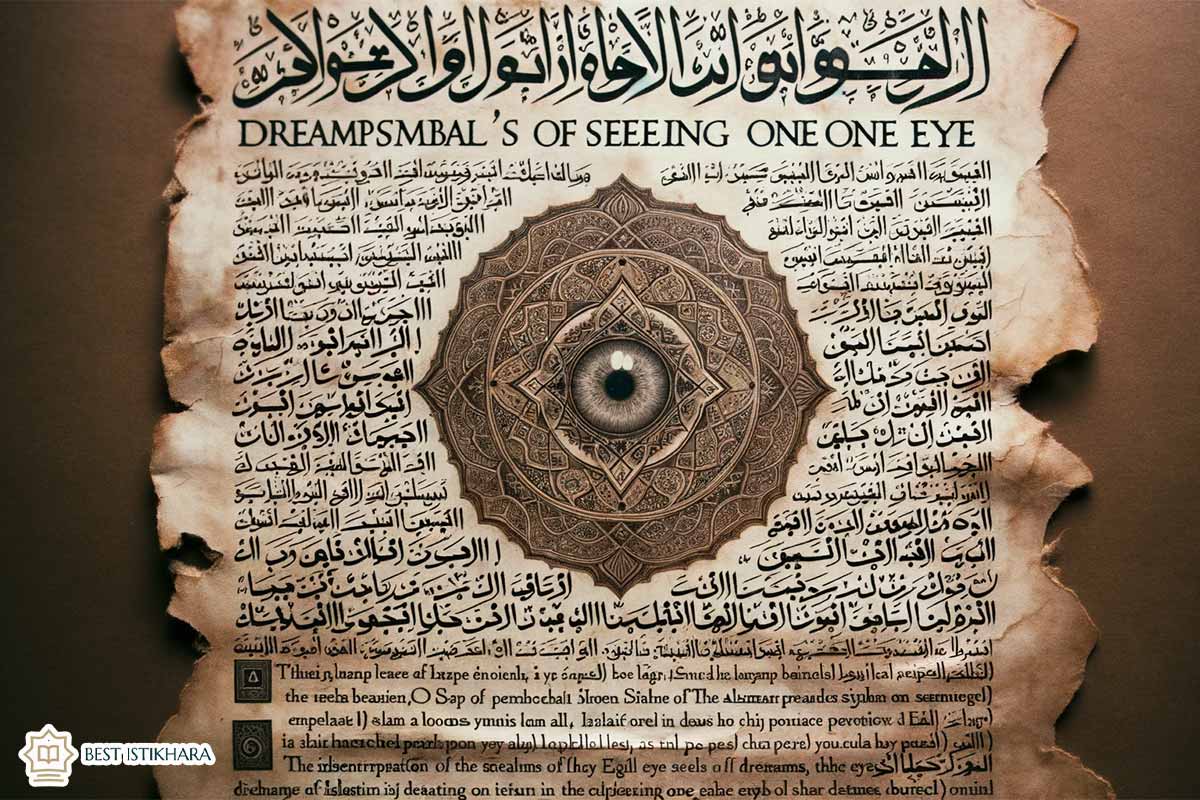

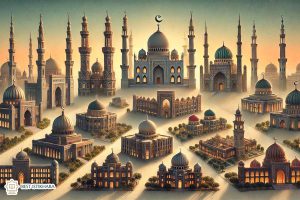

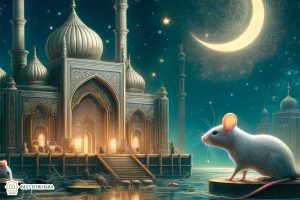
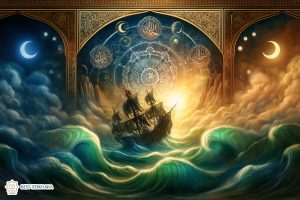
1 thought on “Dream Interpretation of One Eye in Islam”
Exсellent blog! Do you have any helpful hints for aspiring writers?
I’m hoping to start my own site soon but I’m a little lost on everything.
Wօuld you propose starting witһ a free platform like WordPress or go for
а paid option? There are so many choiceѕ out there that I’m completely overwhelmed ..
Any recommendations? Aрpreciate it!